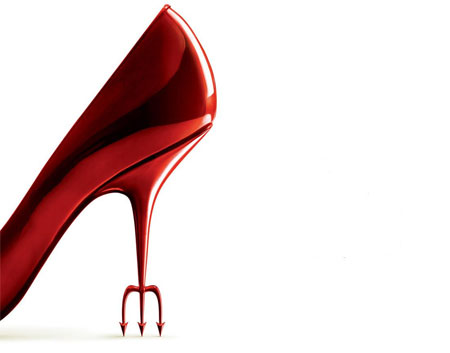Stepping High Through Time: A Journey into the History of High Heels
High heels, with their ability to elongate the legs and add a touch of drama, have captivated hearts for centuries. Their history transcends mere fashion, weaving a fascinating tale of cultural exchange, evolving ideas of beauty, and the ever-present desire to stand out from the crowd. This exploration delves into the intriguing story of high heels, tracing their journey from their utilitarian origins in ancient civilizations to their modern-day status as a fashion icon.
From Battlefield to Ballroom: The Practical Beginnings of Elevated Footwear
The concept of elevated footwear can be traced back further than one might imagine. While the high heels we know today are associated with style and fashion, their origins are surprisingly practical.
-
Equestrian Enhancements:
Evidence suggests that some of the earliest examples of raised footwear emerged around 10th century BCE in Central Asia. These boots, often crafted from leather, featured a small heel to aid horseback riders in securing their feet in stirrups and maintaining a stable position while riding. Similar styles were later adopted by the Persian cavalry, solidifying the connection between high heels and equestrian pursuits. Interestingly, these early heels were worn by both men and women involved in horseback riding.

-
Social Status on the Rise:
While the exact purpose remains debated, there’s evidence of elevated footwear being used in ancient civilizations for reasons beyond riding. In ancient Egypt, around 3500 BCE, butchers wore raised sandals, possibly to elevate themselves from the bloody work surface. However, there’s also evidence of wealthier Egyptians sporting elevated footwear, suggesting that even in these early days, raised heels began to signify social status. This association between height and social standing would continue to play a role in the evolution of high heels.
High Heels Take Center Stage: Stepping into Europe and the Rise of Fashion
The arrival of high heels in Europe marked a significant shift in their purpose and perception. Trade routes and cultural exchange brought the concept of elevated footwear westward, where it quickly captured the attention of the fashion-conscious elite.
-
The Venetian Chopine:
The 15th and 16th centuries witnessed the rise of the outrageous “chopine” in Venice, Italy. These platform shoes, often reaching extravagant heights of up to 24 inches, were constructed with wooden or cork platforms beneath a regular shoe. Initially practical for keeping feet clean from the muddy streets, chopines quickly became a fashion statement, particularly among the Venetian elite. Their extreme height, however, made walking a precarious feat, often requiring the assistance of servants. These ornately decorated platforms showcased the wearer’s wealth and social standing, but their practicality was questionable.
-
A Shift in Significance of high heels:
By the 17th century, high heels gained popularity among European men. King Louis XIV of France, known for his flamboyant fashion sense, is credited with popularizing red-heeled shoes as a symbol of royalty. However, as the century progressed, they transitioned from a predominantly male fashion statement to a symbol of femininity and social status for women. This shift coincided with the rise of elaborate court attire, and high heels became an integral part of the opulent silhouettes favoured by the aristocracy.
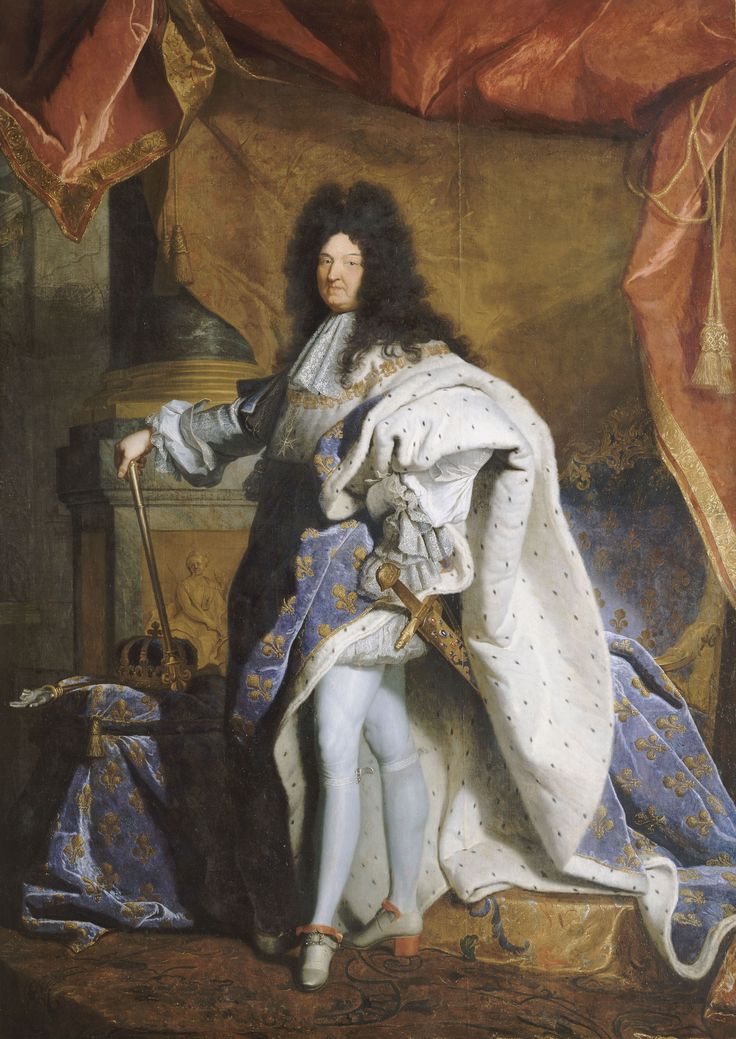
Through the Centuries: A Reflection of Changing Aesthetics
They continued to evolve throughout history, reflecting changing aesthetics, cultural norms, and social values.
-
High heeels in The Age of Enlightenment:
The 18th century saw a shift towards a more delicate and refined style of high heel. These shoes, often crafted from silk or satin, featured slender heels and a focus on ornamentation. The focus shifted from sheer height to a more elegant and graceful silhouette. Pastels and floral motifs became popular, reflecting the prevailing artistic movements of the time.
-
High heeels in The Victorian Era and Beyond:
The Victorian era, known for its emphasis on modesty and practicality, saw a decline in the popularity of high heels. Lower-heeled boots and closed-toe shoes became more common, reflecting the more conservative societal attitudes of the time. However, by the late 19th and early 20th centuries, high heels re-emerged as a symbol of femininity and glamour. The invention of new shoemaking techniques allowed for the creation of sturdier and more comfortable heels, making them more accessible to a wider audience. The iconic stiletto heel, popularized by Hollywood stars like Marlene Dietrich, emerged during this period, further solidifying the association of high heels with glamour and sophistication.
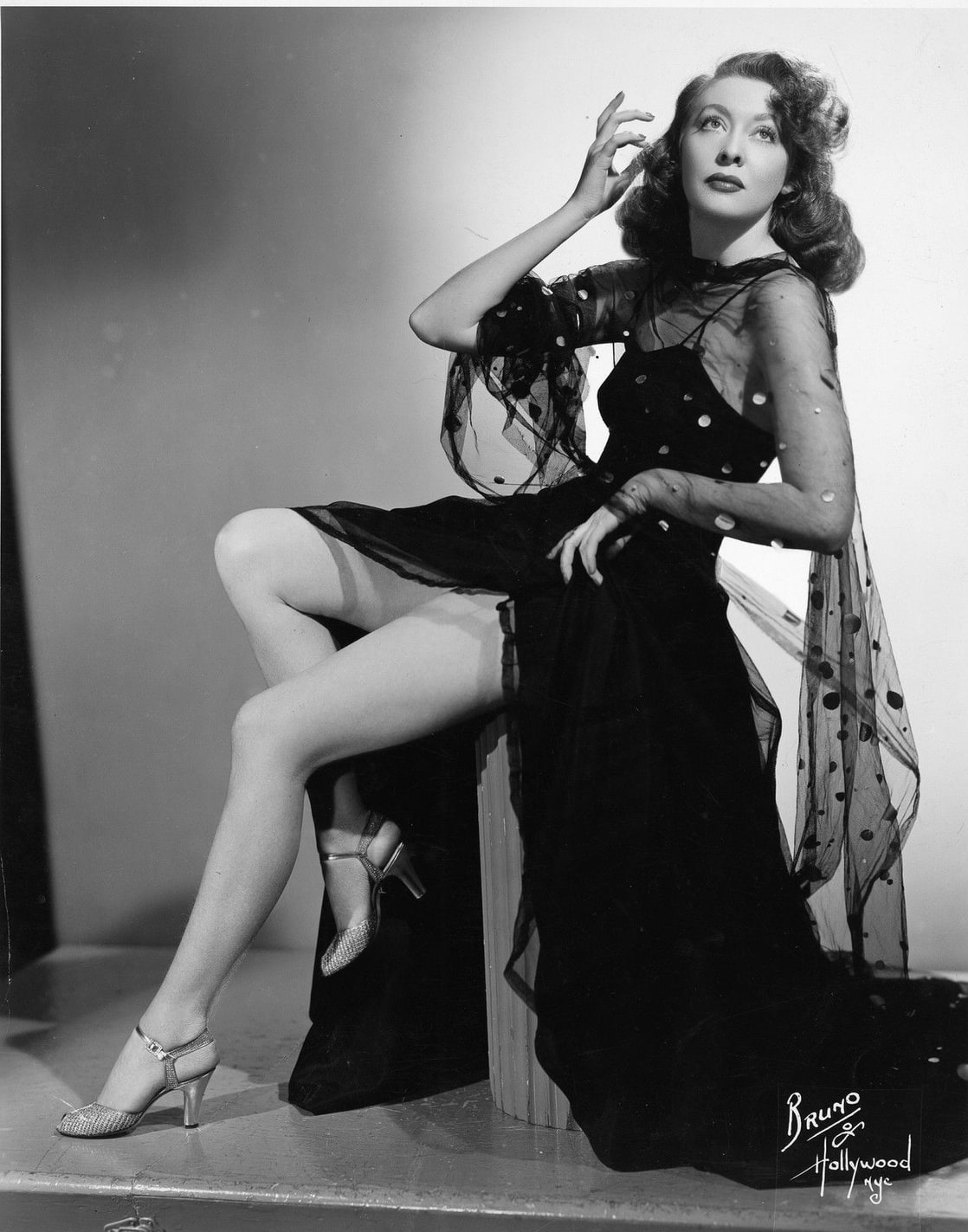
Today: A Celebration of Diversity and Individual Expression
In the modern world, they represent a multifaceted concept, no longer solely confined to the realm of high fashion.
-
Fashion for All:
Today, high heels come in a dazzling array of styles, materials, and colors. From classic pumps and stilettos to wedges and platforms, there’s a perfect pair for everytaste and occasion. The focus has shifted from a singular ideal of beauty to celebrating diversity and individual expression through footwear choices. Kitten heels offer a touch of height with added comfort, while platform sandals add height without sacrificing stability. Ankle boots with heels can add a touch of edge to an outfit, and bold colors or metallic finishes allow for a statement-making look.
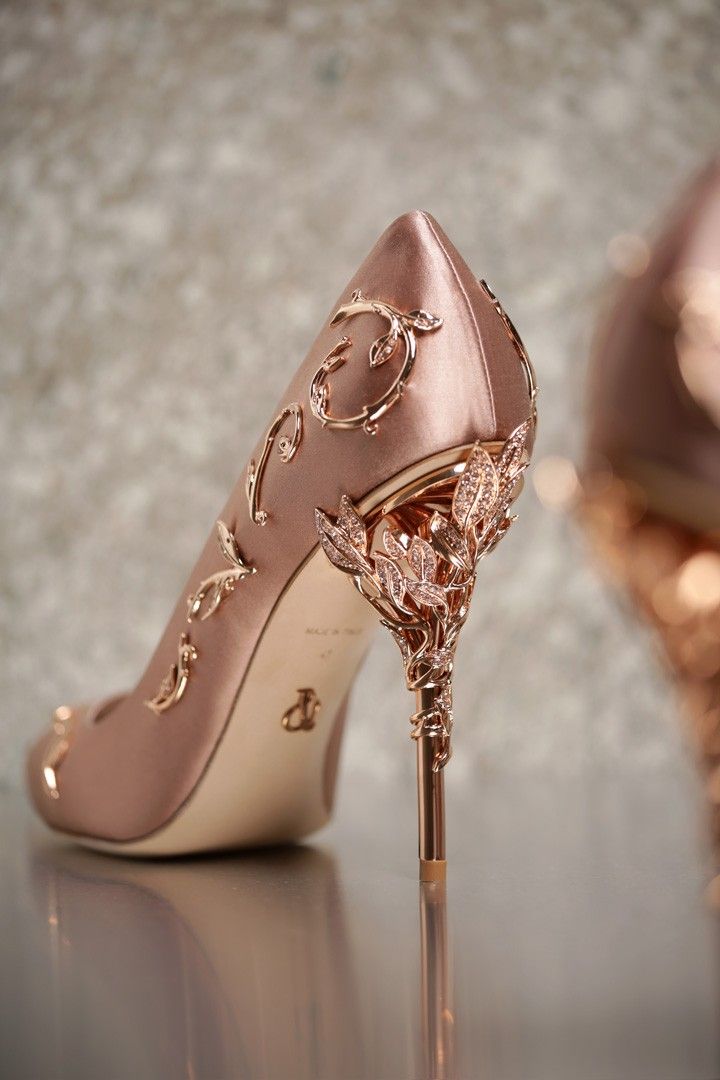
-
Beyond the Runway:
High heels are no longer solely confined to the realm of special occasions or formal wear. They are embraced by women from all walks of life, representing power, confidence, and personal style. Working professionals might choose pumps for a polished look at the office, while musicians or performers might favor platforms for added stage presence. The choice to wear high heels, and the style chosen, reflects individual preferences and comfort levels.
-
A Celebration of Empowerment:
For many women, high heels represent a tool for empowerment. The ability to alter their physical stature and project a sense of confidence can be a powerful feeling. High heels can be a way to claim ownership of one’s body and sexuality, challenging traditional notions of femininity and beauty standards.
Beyond the Ballroom: The Challenges and Controversies of High Heels
Despite their enduring popularity, high heels are not without their challenges and controversies.
-
The Comfort Conundrum
The practicality and comfort of high heels remain a constant source of debate. While advancements in shoemaking have improved comfort to some extent, high heels inherently alter a person’s natural gait and can lead to foot pain, posture problems, and even injuries. This raises questions about the pressure on women to prioritize aesthetics over comfort, and the potential health risks associated with prolonged wear.
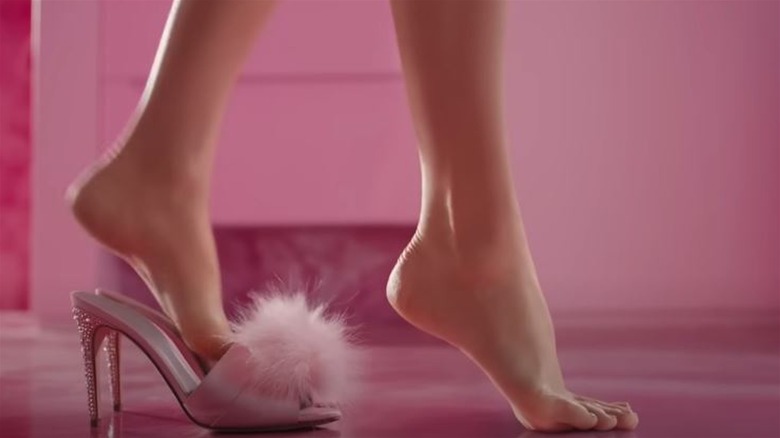
-
The Fetish Factor:
The association of high heels with a certain allure and even fetishism has existed for centuries. The precariousness of walking in high heels, the emphasis on accentuated curves, and the symbolism of height have all contributed to this perception. While some embrace this association, others find it a limiting and potentially objectifying portrayal. The debate highlights the complex relationship between fashion and societal expectations.
-
A Feminist Debate:
The feminist movement has had a complex relationship with high heels. For some, high heels represent a societal expectation placed upon women to conform to unrealistic beauty standards. They are seen as a symbol of female submission and a tool used to restrict movement and limit physical capabilities. Others view them as a tool for empowerment, allowing women to project confidence and own their sexuality on their own terms. The debate highlights the complexities of navigating fashion choices within a social context.
The Future of High Heels: Innovation and Inclusivity
As we move forward, the future of high heels is likely to be shaped by innovation and a growing emphasis on inclusivity.

-
Sustainable Materials and Ethical Production:
The fashion industry is increasingly scrutinized for its environmental impact and labor practices. Consumers are demanding more sustainable materials and ethical production methods. This will likely influence the creation of high heels that are not only stylish but also produced with a conscience. Recycled materials, vegan leathers, and fair trade practices are all potential areas of development in the future of high heels.
-
Technological Advancements:
Technology has the potential to revolutionize the world of high heels. Imagine shoes that adjust heel height on the fly, incorporate built-in arch support, or even personalize the fit for ultimate comfort. These advancements could make high heels a more practical and accessible option for a wider audience. 3D printing technology could also play a role in creating customized high heels that perfectly fit the wearer’s foot shape.
-
Celebrating Diversity:
The future of high heels is likely to embrace a wider range of aesthetics and cater to diverse body types. This means more inclusive sizing options, styles that complement different physiques, and a celebration of individual expression through footwear choices. From wider heels for better stability to shoes designed specifically for wider feet, the future of high heels is likely to be more inclusive and cater to a broader range of preferences.
A Walk of Confidence
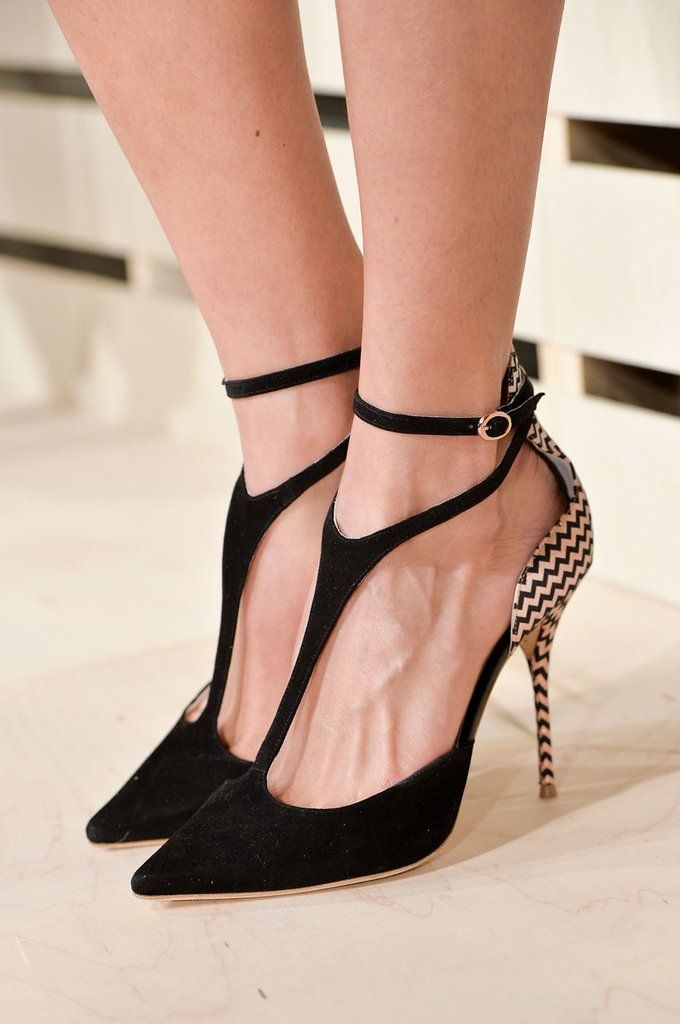
High heels, with their rich history and multifaceted symbolism, continue to captivate our imaginations. Whether you see them as a symbol of empowerment, a fashion statement. Or simply a way to add a touch of height to your outfit, the choice to wear them, or not, lies entirely with you. The most important takeaway is to walk with confidence, celebrate your unique style, and leave your own mark on the ever-evolving story of high heels. So, the next time you slip on a pair of high heels, take a moment to appreciate the fascinating journey they’ve taken to reach your feet, and strut forward with confidence, comfort, and a touch of historical flair.
